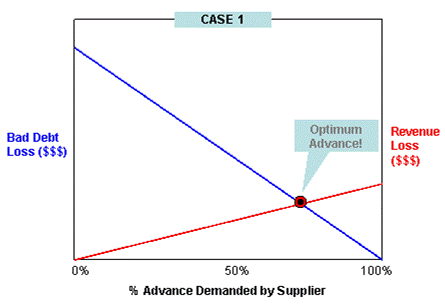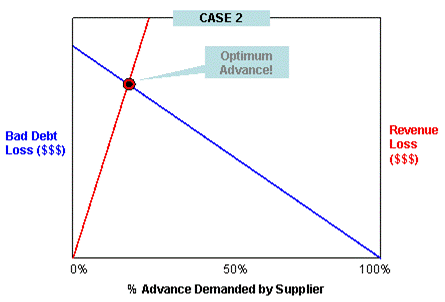I think it was HP that came up with T-Shirts in the early ’80s with the slogan “No RISC No Gain” to advertise the superior power of its then newly-launched RISC processor (as compared to the then-widespread CISC technology) while admitting at the same time to the relative untested nature of this technology.
While the risk-return dilemma is much older than this slogan, it has reared its head once again in the aftermath of the recent turmoil in the global financial industry. Do we conclude that the events of the last few weeks indicate a total breakdown of risk management practices used – or not used – by banks and financial institutions? Or, instead, were they the outcome of flawed interpretation of risk-return analyses? Or something else… ?
Before the pendulum swings to the other extreme, we need to strike the middle-ground and explore ways to apply risk management principles optimally. In doing so, we might want to keep in mind Intel’s onetime CEO Andy Grove’s lament a few years ago that the raft of legislation that came in the wake of Enron and Worldcom scandals had the unfortunate effect of forcing Corporate America to completely abandon risk-taking, which is a vital ingredient to succeed in business.
To understand what constitutes a middle-ground, let’s take the example of credit card fraud control. Fraud leads to losses, so it’s natural for credit card companies to devise mechanisms to control it to the utmost extent possible. Many automated systems exist for this purpose including some advanced ones that use predictive analytics to predict fraud in real time. (Interested readers can click here to download my recent article on this subject). However, none of these systems is 100% accurate – a certain level of “false positives” cannot be ruled out where the fraud control system scores a genuine transaction as fraud and rejects it. Apart from loss of revenue from the rejected transaction, false-positives can lead to customer dissatisfaction, and in the worst case, drive the customer to stop using the credit card altogether. As a result, credit card companies seek ways to minimize false-positives by striking a middle-ground via manual overrides and by disabling some of the screening rules during peak shopping seasons.
To get a feel of how to apply risk management principles optimally, let us consider another example viz. the risk of bad debts. Every company that sells a product or service faces the risk that some of its accounts receivable may turn into bad debts. There are various ways to mitigate this risk including factoring, customer credit rating, collecting payments in advance, and so on. While 100% advance assures 0% bad debit, very few companies will be able to get away with it even if they offer heavy cash discounts. Other companies seeking to use advance as mitigation against the risk of bad debt have to be mindful of the counter-risk of losing business from some customers who used to enjoy credit in the past and are not willing to pay higher advance. This suggests that there’s an optimum level for advance beyond which lost revenues can outstrip reduced levels of bad debt loss.
This optimum level can vary from one company to another, and, even for a given company, from one line of business to another. To arrive at the optimum level, let’s plot two sample profiles of bad debt and revenue losses against varying levels of advance. The intersection point between the two lines (or curves in more complex cases) yields the optimum level of advance.
The company in CASE 1 is able to get away with higher advance …

… whereas the one in CASE 2 is unable to demand much advance.

Therefore, it’s necessary to apply risk management principles optimally in order to mitigate bad debt losses.
As these examples illustrate, management of business risk requires striking a middle-ground. Finding that middle-ground is the real challenge going forward.